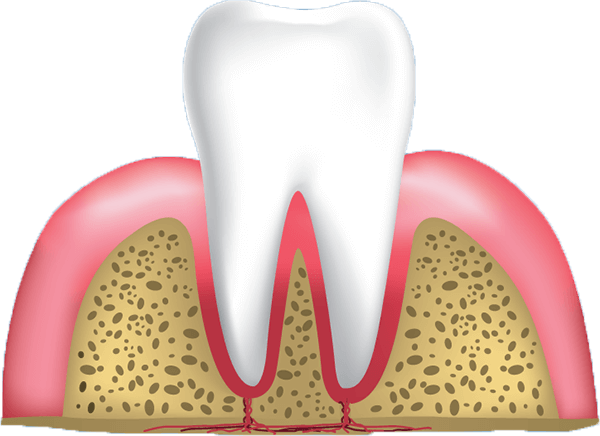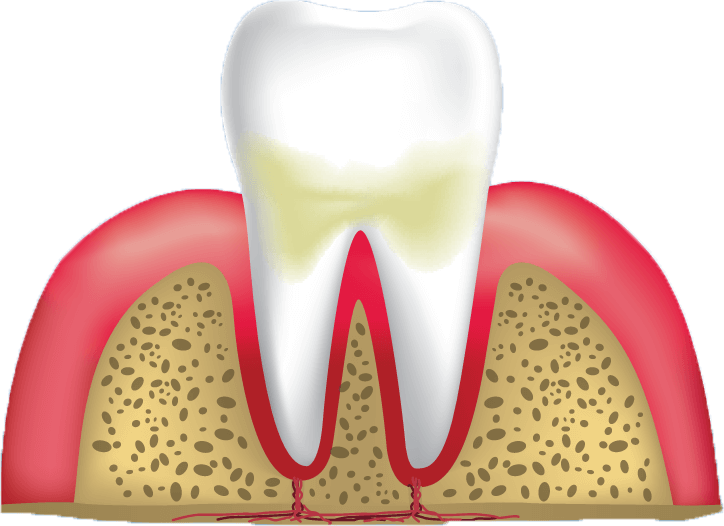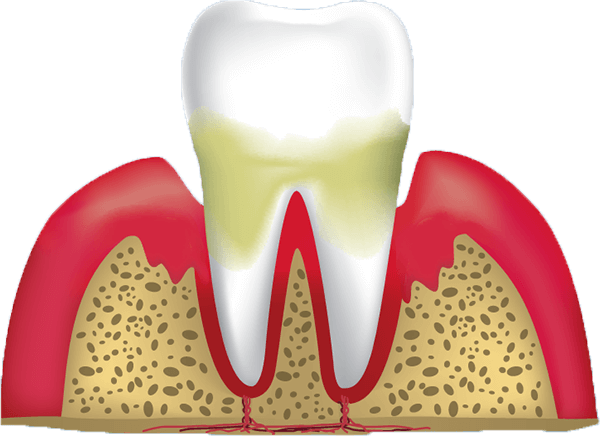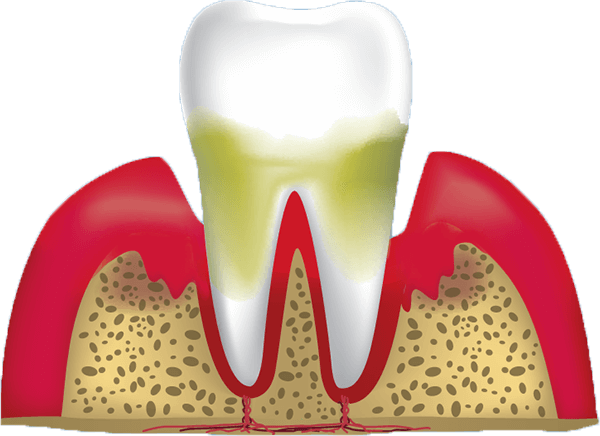If your gums bleed easily when you brush and floss, you’re experiencing one of the most common symptoms of gum disease. A progressive condition, gum disease is characterized by infection of the gum tissues. When plaque, the sticky film found on your teeth after eating and drinking, is left to harden into tartar, it releases bacteria that irritate the gums. The resulting infection and inflammation are what causes your gums to bleed easily and appear red and swollen.
If you have bleeding gums in [city],[state] reach out to our experienced team at [Practice Name], we can help.
Over time, your gums will recede and pull away from your teeth, creating more space for bacteria and tartar to collect. If you have bleeding gums in [city], [state] reach out to our experienced team at [Practice Name], we can help. It’s critical to your oral health and physical wellbeing that you seek treatment at the first sign of swollen, bleeding gums, especially if you’re also experiencing bad breath, receding gums, and loose or sensitive teeth.

If left unchecked, gum disease can become uncurable—and turns increasingly dangerous as it progresses. Gum disease that reaches the stage of periodontitis causes irreversible damage to your oral structures, including gum tissue and bone. Advanced stages of gum disease are linked to systemic health complications, including respiratory disease, cardiovascular disease, and even heart attack and stroke.
As your body struggles to control the chronic low-grade infection of gum disease, the health of your immune system becomes compromised, making you more susceptible to other dangerous infections and viruses. You may find it increasingly difficult to control pre-existing medical conditions like diabetes. With painful, loose teeth, biting, and chewing food may no longer be possible and you may need to alter your diet. In fact, you, like others in [city], [state], may find yourself with missing teeth one day if gum disease is left untreated.




There are many procedures available that can treat and monitor your gum disease. Both surgical and non-surgical, these treatments are designed to provide a healthy oral environment that lowers the chances of infection returning in the future. Our team at [Practice Name] will determine if you need one or more of the following treatments once you’ve been evaluated:
Scaling and root planing is a non-surgical treatment option and is often the first line of defense against gum disease. This procedure involves using a dental scaler to remove plaque and tartar from both above and below the gumline. Root planing smooths the surface of the tooth and tooth root to discourage bacteria from gathering. This technique also helps the now healthy gum tissue reattach to the teeth and seal out future infection.
If gum tissue (or gingiva) has been damaged by gum disease, but no infection has yet harmed the bone, a gingivectomy can help. During this procedure, infected gum tissue is trimmed and removed from around each tooth. Once the area is cleared of bacteria and plaque, the healthy gums are sutured back around the teeth. This promotes healthy tissue reattachment and reduction of periodontal pocket depth.
When scaling and root planing is not successful at eradicating bacteria and infection or if gum disease has already progressed to advanced stages, osseous surgery is needed. Also known as flap surgery, osseous surgery involves folding back the gum tissue so bacteria and tartar deep in the periodontal pocket can be removed. Damaged bone can also be reshaped and bone lost to disease can be restored before healthy gums are sutured back in place.
After gum disease treatment is complete, periodontal maintenance is needed to ensure that infection does not develop in the periodontal pockets again. This treatment is completed every 3-4 months in place of normal hygiene teeth cleanings. During the procedure, the teeth are “deep” cleaned at and below the gumline and periodontal pockets are cleared of bacterial plaque and tartar. Your gums will also be evaluated for their pocket depth and signs of bleeding or more infection.
I understand the information disclosed in this form may be subject to re-disclosure and may no longer be protected by HIPAA privacy regulations and the HITECH Act.